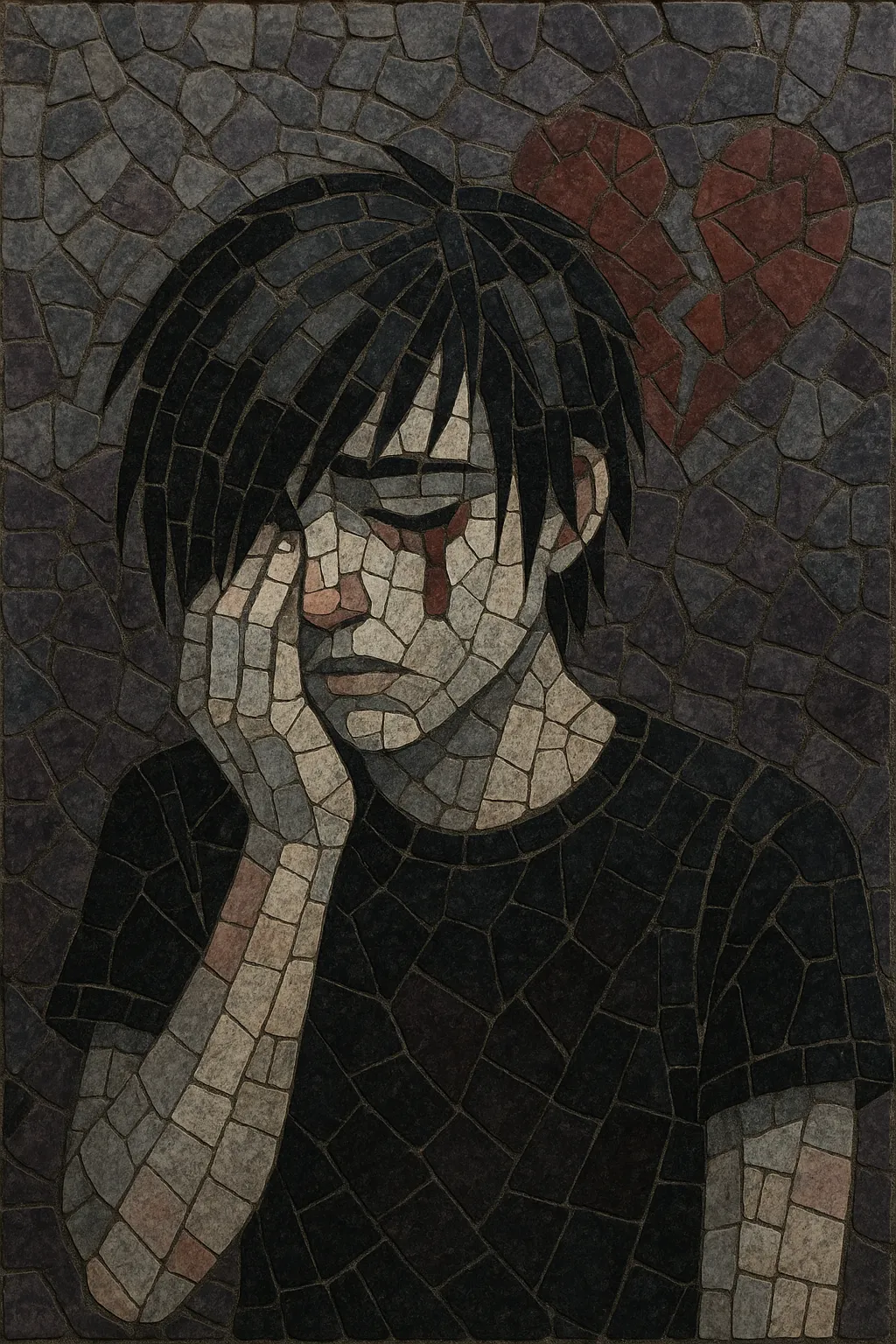Emo pop blends the confessional lyricism and emotional intensity of emo with the bright hooks, concise song forms, and polished production of mainstream pop and pop-punk.
The style typically features up-tempo drums, chimey or lightly overdriven guitars, and anthemic choruses built around earworm melodies and glossy vocal harmonies. Lyrical themes revolve around vulnerability, relationships, growing pains, and self-doubt, delivered in an earnest, often dramatic vocal style. Production tends to be clean and radio-ready, with dynamic contrasts between restrained verses and explosive, cathartic choruses.
Emo pop formed in the United States when second-wave emo bands began adopting pop songcraft and smoother production. Groups like The Get Up Kids and Jimmy Eat World pushed emo’s confessional writing toward concise, hook-focused structures, setting the stage for a more accessible sound that could bridge indie scenes and mainstream radio.
The genre exploded in the 2000s with the rise of Warped Tour culture, MTV/TRL exposure, and labels like Fueled by Ramen and Drive-Thru Records. Jimmy Eat World’s "The Middle," Fall Out Boy’s "Sugar, We’re Goin Down," Panic! at the Disco’s "I Write Sins Not Tragedies," and Paramore’s "Misery Business" crystallized emo pop’s formula: confessional lyrics, punchy tempos, and huge, sing-along choruses. Bands often blended pop-punk energy with theatrical or power-pop sheen, widening the audience beyond punk and indie circles.
As the sound dominated radio and youth culture, it also drew backlash for perceived commercialism. Many bands evolved toward pop rock or alternative pop, while others leaned into electronic textures. Even so, emo pop’s melodic vocabulary and lyrical candor influenced the rise of internet-native scenes and the emo rap wave, where artists borrowed its choruses, chord choices, and heart-on-sleeve tone.
A broader pop-punk/emo revival reintroduced emo pop tropes to a new generation via streaming and social media. Modern digicore and hyperpop acts adopted the genre’s melodic sensibilities and diaristic voice, while neon-bright, polished takes on pop punk re-emerged. Emo pop’s legacy endures in the ongoing blend of rock instrumentation with pop hitmaking and radically personal storytelling.
Write concise, radio-friendly forms (verse–pre-chorus–chorus–verse–pre-chorus–chorus–bridge–final chorus). Use dynamic contrast: restrained, palm-muted verses that explode into soaring, layered choruses.
Favor diatonic progressions with strong cadences (I–V–vi–IV, vi–IV–I–V, I–vi–IV–V). Toggle between relative major/minor to color lyrical mood shifts. Compose memorable, syllable-efficient toplines that peak in the chorus; double key melodies an octave up with guitar or synth for lift.
Use tight, energetic drums (4/4 at roughly 130–170 BPM). Combine driving eighth-note hi-hats with snappy snare on 2 and 4; add occasional halftime bridges for drama. Let the bass outline roots in verses and move to more melodic passing tones in choruses.
Blend clean/chimey guitars with tasteful overdrive; layer rhythm guitars hard-left/right for width. Add a single-note lead hook or arpeggio motif as an intro. Complement with subtle synth pads, piano, or strings for emotional emphasis without crowding the mix.
Use emotive, upfront vocals with crisp doubles and harmonies in choruses. Write confessional, conversational lyrics about relationships, insecurity, and catharsis. Employ vivid imagery and direct address (“you/I”) while keeping lines hook-focused and singable.
Aim for polished clarity: tight editing, tuned but natural vocals, and punchy drums. Automate dynamics to amplify chorus impact (wider stereo field, added percussion, and extra guitar layers). Consider gang vocals or call-and-response lines to heighten the anthemic feel.


